Varieties and characteristics of tobacco varieties
Tobacco smoking came to us from the distant shores of Cuba and America. The Old World quickly figured it out what is tobacco, how to smoke it and grow it. From the article you will learn what types of tobacco are available and what characteristics to look for when choosing.
Tobacco varieties
Let's consider the most popular varieties tobacco by method of use.
Cigarettes and rolling papers
If we talk about the types of tobacco used in cigarettes, there are no specific parameters here. Many varieties and varieties of tobacco are used, depending on the brand and cost of the product.
Reference. In cigarette production, “reconstituted” tobacco is often used, mainly for low-price cigarettes.
To produce cigarettes, several varieties are mixed, for example: Virginia, Burley, Oriental and others. Tobacco leaves, from which the rough, tasteless center has been cut out, are soaked in special flavorings and end up in silage. By the way, the middle is not thrown away, but added to the leaves, which reduces the concentration of tar and nicotine. In addition, this reduces production costs and, consequently, the final price of the product.
The use of one type of tobacco is only possible when making roll-your-own cigarettes at home.
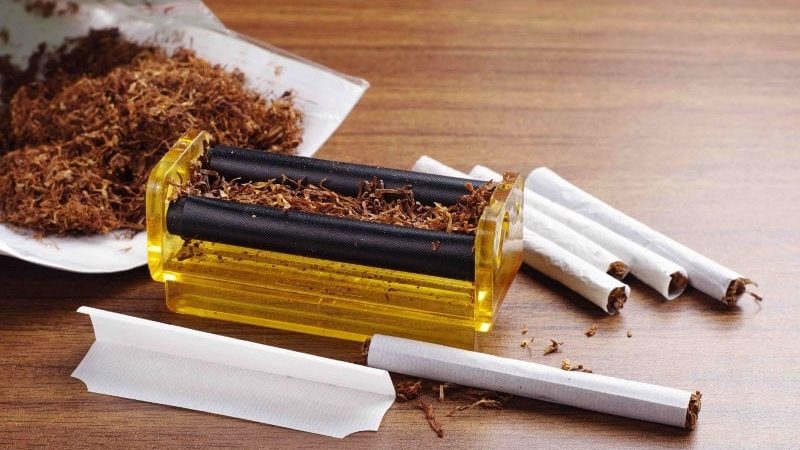
In the world of rolled-up cigarettes, everything is much more interesting; here we can highlight several of the most famous and widespread varieties:
- Virginia (Virginia) is perhaps the most popular variety in the world. Fragrant and sweetish due to its sugar content.The leaves have a yellow-orange color, for which the variety is nicknamed “sunny”. There are most often two types on sale “Virginia” - dark and light. They differ in that the light version is soaked in various sauces, and also has a lower strength than the dark version.
- Burley (Barley, Burley) - has a nutty taste. The variety has little sugar and more nicotine than Virginia. During production, Burley has to be sweetened so that excess bitterness does not spoil the taste. Dense and dry, but at the same time aromatic variety. At thematic exhibitions it has repeatedly won awards as the best rolling tobacco.
- Kentucky (Kentucky, Kentucky) - Burley's twin brother, they differ in the way they are processed. Burley is “airy”, and Kentucky is “fire”. As a result, Kentucky acquires a specific taste and high nicotine content. Manufacturers of tobacco mixtures do not add more than 1/5 of the total mass. In its pure form, it is used by connoisseurs of really strong smoking.
- Oriental (Oriental) - originally from the Mediterranean. European producers tried to duplicate this variety, but without a specific climate, only a pitiful semblance was obtained. It has a sweet and sour taste and an “oriental” aroma. Suitable for lovers of fragrant and tasty varieties.
- Latakia (Latakia, Latakia) is a unique variety in every sense. Produced only in Cyprus, dried over a fire in which cypress or milta is used. Latakia is a unique taste, strength and aroma of the tropics.
- Perique (Parik) is the strongest tobacco. Has a specific aroma. Receives either strongly negative or strongly positive ratings. It is highly recommended to try before purchasing this variety.
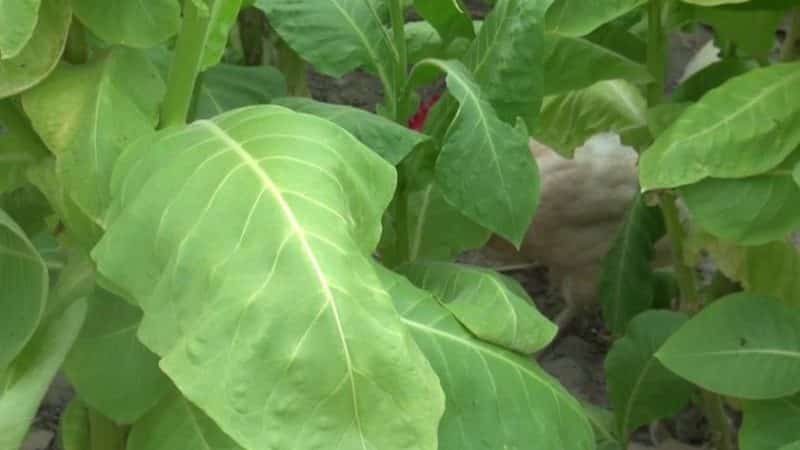
Pipe tobacco
Pipe tobacco differs from cigarette tobacco only in the cutting.Otherwise, everything written above is also true for the handset.
But still one variety cannot be ignored: Maryland (Maryland) has a neutral taste and excellent combustion. This is why mixture manufacturers love it so much - the variety can be used almost everywhere.
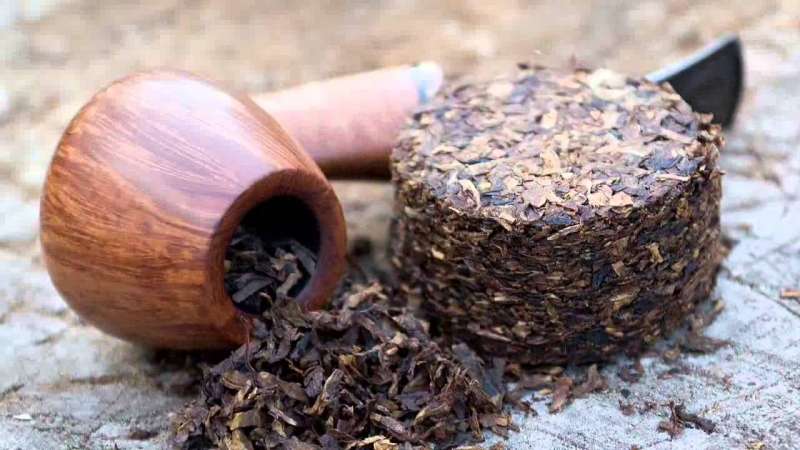
Tobacco for hookah
Hookah tobacco is also no different from cigarette tobacco. The advantage of a hookah is that due to various aromatic additives and molasses, the taste, strength and aroma can change in any direction. There is a huge field for connoisseurs where you can endlessly experiment.
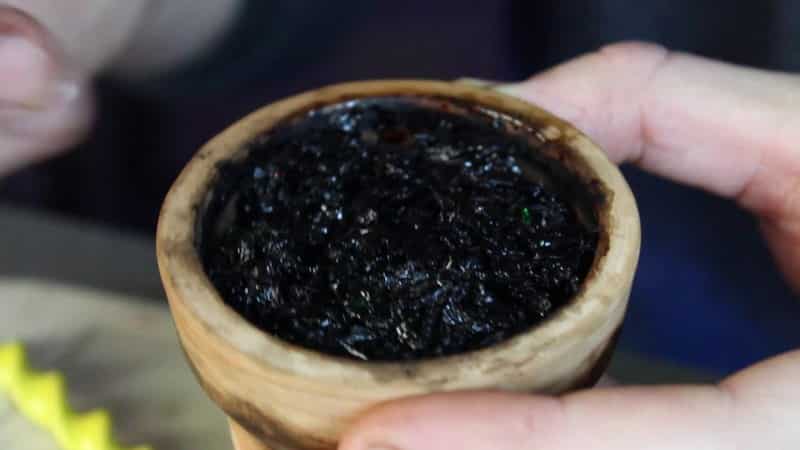
Tobacco for cigars
The production of tobacco for cigars is a complex story in which many conditions must be met. A stable tropical climate is required, constant sunlight that will provide the necessary ultraviolet radiation. Steady weather and humidity. Well, and most importantly - fermentation for up to six months.
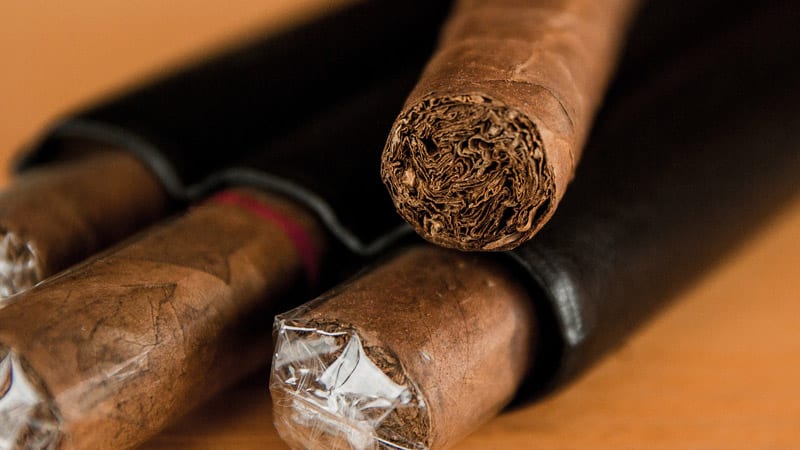
All this is difficult to reproduce artificially, which makes us interested in brands that have been producing tobacco for cigars for a long time. The most famous varieties:
- Havana 142 (Havana 142) - an amazingly resilient variety. It can grow even in temperate latitudes. But such “survivability” comes at the price of taste. It has a medium strength.
- Bravyi 200 - not much different from the previous variety, except that the plant reaches a height of 3 m. Medium strength.
- Havana Z992 (Havana Z992) - has a medium strength or slightly lower. Grows well in European latitudes.
- Havana 2000 (Havana 2000) — the name corresponds to the year of publication. Disease resistant variety. Suitable for most buyers.
- Havana Gold - the most popular variety from the Havana line. Cuban taste and strength, nothing extra.
- Pennsylvania Red - rich taste and aroma, well-deserved love of cigar manufacturers around the world.
- Zimmer Spanish - It is interesting primarily for its grape flavor, which diversifies the smoking process. Strong tobacco originally from Havana.
If you noticed, most cigar varieties grow in Cuba. Ideal climatic conditions and the experience of several generations help Cuban farmers grow the best tobacco in the world.
In the case of cigars, the absolute leader in quality will be tobacco grown on the lands of Vuelto Abajo. No variety grown outside this unique plantation can compete with tobacco from Vuelto Abajo.
Elite varieties of tobacco
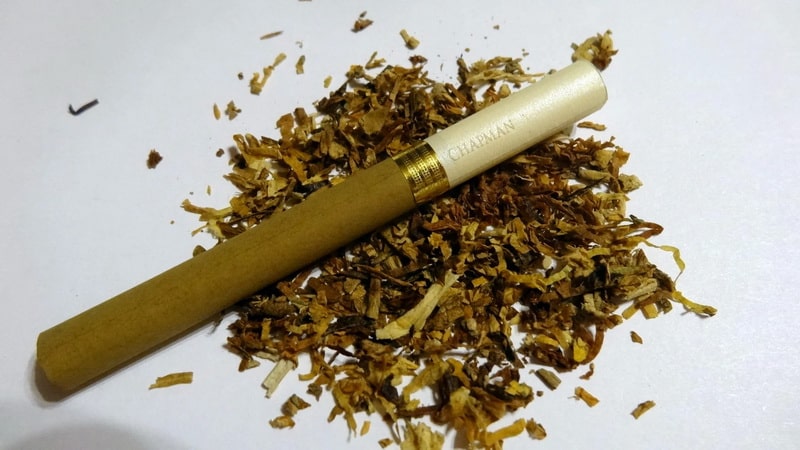
Among lovers of strong and tasty tobacco crops, debates about the eliteness of one or another variety continue. But we can only talk about the quality of tobacco, because taste benefits are always individual.
In the case of cigarette, pipe and hookah tobacco, the list of the most selected and prestigious varieties does not change:
- Virginia;
- Burley;
- Kentucky;
- Oriental;
- Latakia;
- Perique;
- Maryland.
Aromatic varieties of tobacco
Aromatic tobacco is valued not for its strength, but for its other advantages - taste and aroma. Traditionally, the main lovers of aromatic tobacco are women.
The most popular aromatic types of tobacco:
- Virginia;
- Oriental;
- Latakia.
Flavored tobacco blends are also popular. As a rule, they contain natural fruit syrups. Most often, Virginia, Burley and black Cavendish varieties are used as the basis for aromatic mixtures. The base tobacco is coated with a sweetener and then sprayed with an alcohol-based flavoring agent.
Strong varieties of smoking tobacco
Strong tobacco is a rather specific pleasure; it is often appreciated by people who have been smoking for a long time.As for the tobacco itself, it pays for its strength with all other advantages.
The most common strong varieties:
- Burley;
- Kentucky;
- Perique.
What types of tobacco can be grown at home?
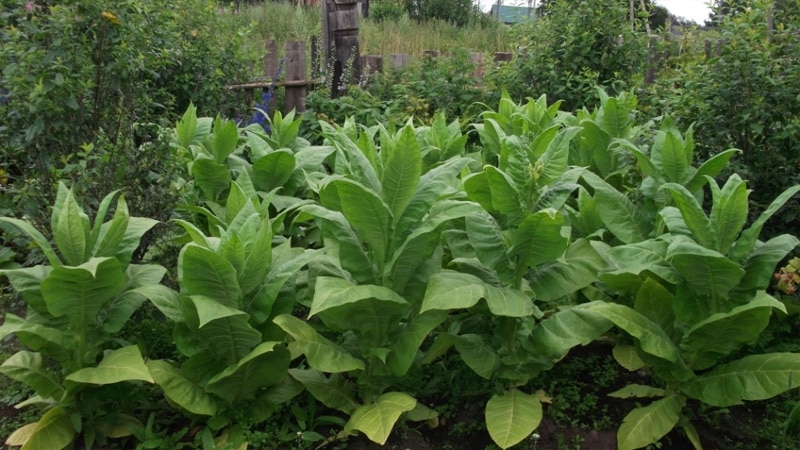
If you want to grow tobacco at home, you need to decide on the variety. Here are examples of popular tobacco species that were cultivated back in the USSR and continue to do so with success:
Late, 100-130 days:
- Holly 316;
- Trebizond Kubanets;
- Samsun 85.
Early, up to 100 days:
- Anniversary new 142;
- Trapezond 92.
There are other varieties, including recently bred ones. But they have been little studied, so the result of cultivation can be unpredictable.
How and under what conditions does tobacco grow?
Let's consider what conditions are required for growing average tobacco crops.
Disembarkation
First of all, a stable summer temperature of +30°C is required. Such conditions exist in the southern part of Central Russia and the Caucasus, in the south of Ukraine and Kazakhstan.
First, seedlings are planted for a period of 40-50 days. Sowing occurs superficially on moist soil. Optimal temperature for seedlings: from +25°C to +30°C. If it is colder, the seeds will either germinate later or die altogether.
Important! To speed up germination, you can soak the seeds for three days; the time savings will be 7-8 days.
To plant seedlings, the soil temperature must be at least +10°C. Approximately this is the end of April - end of May.
About a week before planting the seedlings, hardening begins, watering time is reduced, and the seedlings are accustomed to the open air. Planting in the ground is reminiscent of planting tomatoes - these are separate holes into which a liter of water is poured.
Tobacco care
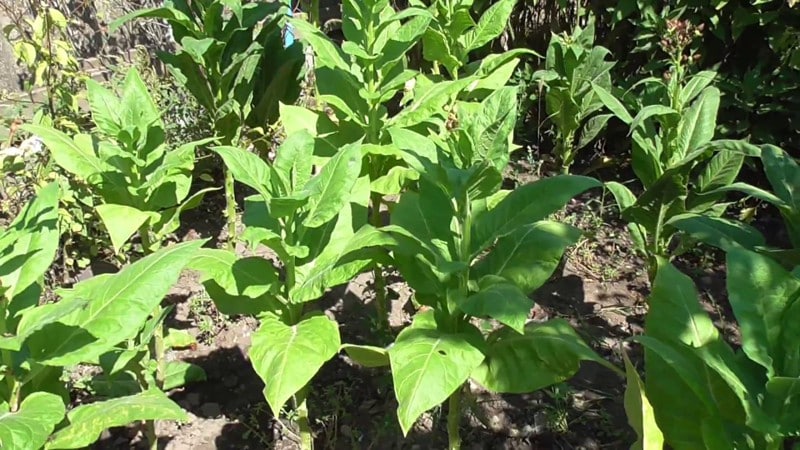
The period of bush growth is accompanied by mandatory loosening of the soil, removal of weeds and fertilizing. Water the tobacco two to three times during the summer. The best fertilizer for it will be cow manure, which will also save the soil from depletion.
Pests and diseases characteristic of tobacco:
- peach aphid;
- blackleg;
- powdery mildew;
- black root rot;
- common broomrape;
- mosaic;
- bacterial grouse.
Harvesting begins when the leaves turn yellowish or light green. Given that the leaves ripen unevenly, harvesting may take longer.
Shag, or Country Tobacco, stands apart here. Shag is less demanding of external temperatures; it requires from +17°C to +23°C. Less fertilizer is required. From the wind, it is enough to cover with greenhouse film. The period from seedlings to harvest takes 3-4 months, yellowness on the leaves will be an indicator. Leaves close to the ground should be cut off first.
Reference. Quite recently, makhorka was widespread in all CIS countries; it was grown even in Siberia. Nowadays, it is grown either by individual companies or by private owners in their gardens.
Conclusion
Growing tobacco is a painstaking process that requires special knowledge, effort and time. You should not do this if you are not sure that you can create suitable conditions and properly process the finished raw materials.
When choosing the right variety or mixture, it is difficult to rely on other people’s advice; it is easier to try everything yourself and find the optimal ratios.
And remember: Smoking is harmful to your health!
I took the advice on mixing. It seems ok
Good article, thanks. I will try to grow it too.
Good article - needed.
I learned a lot of new things.